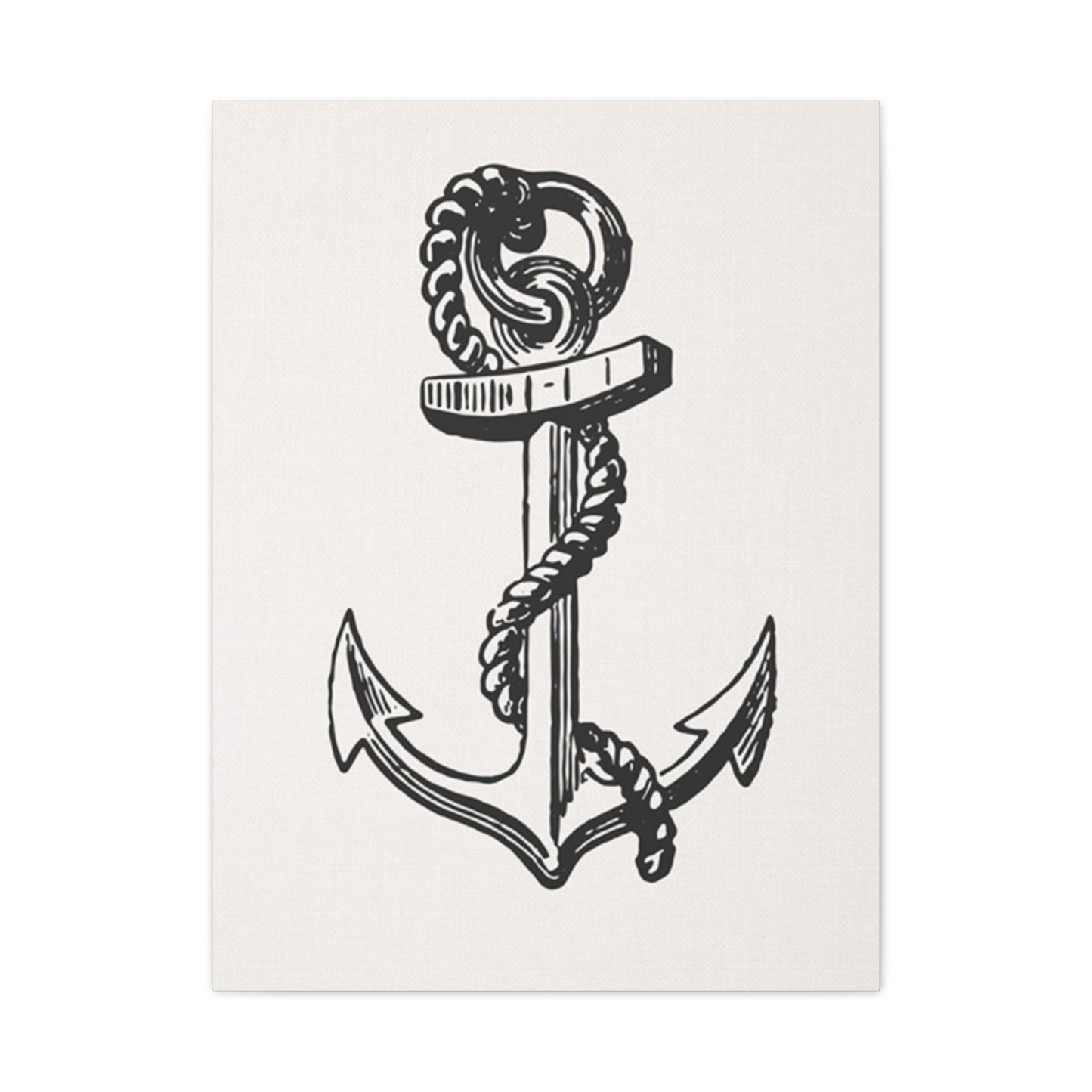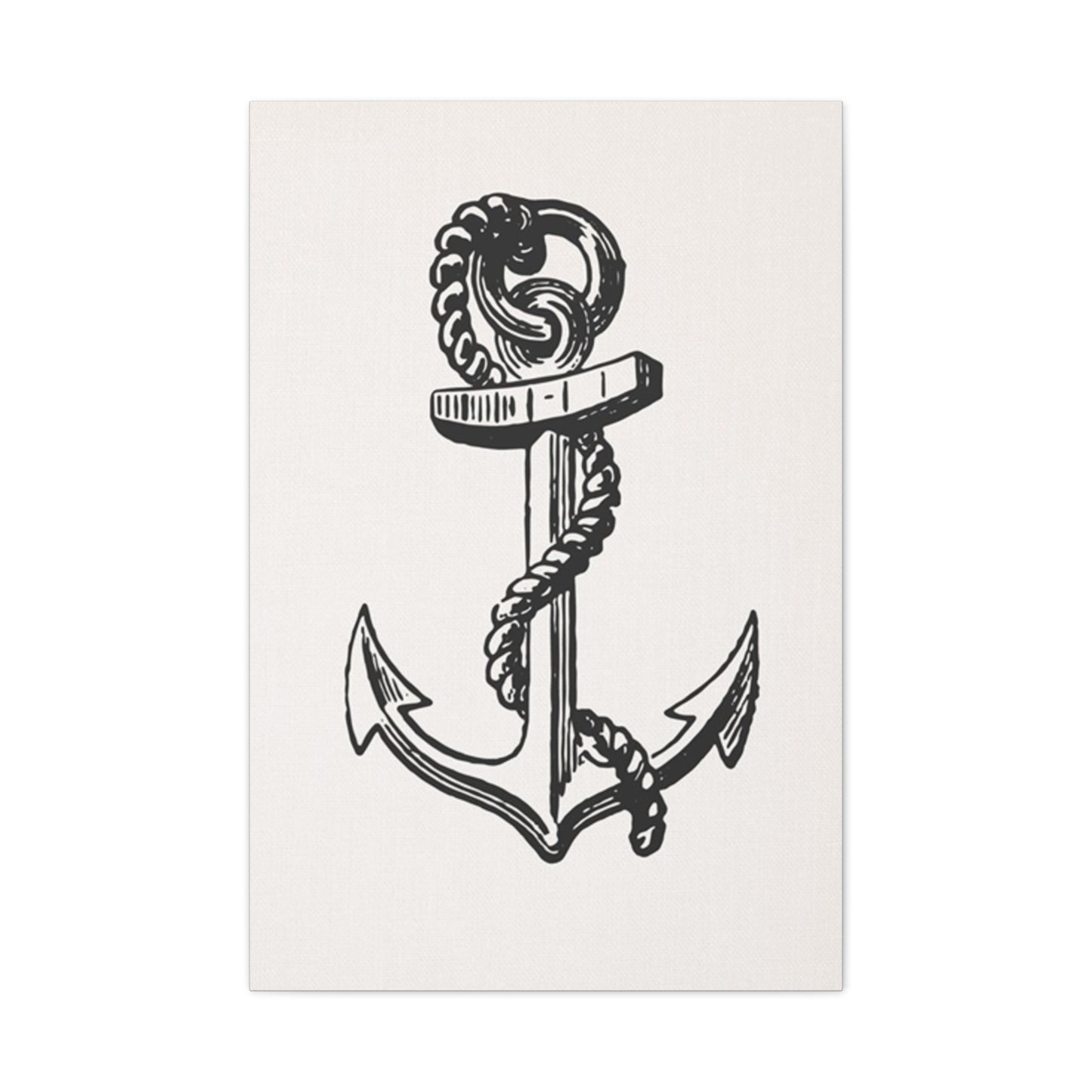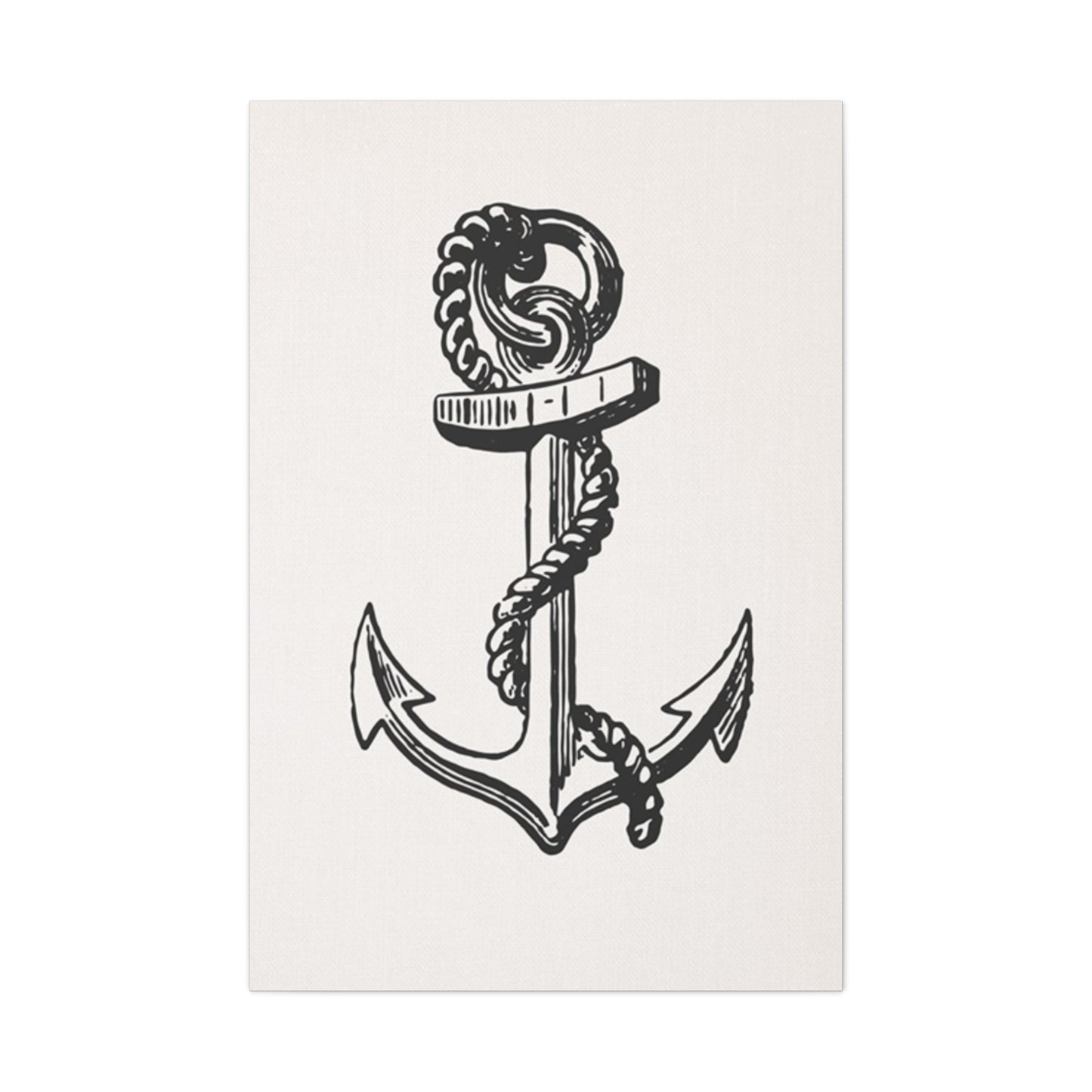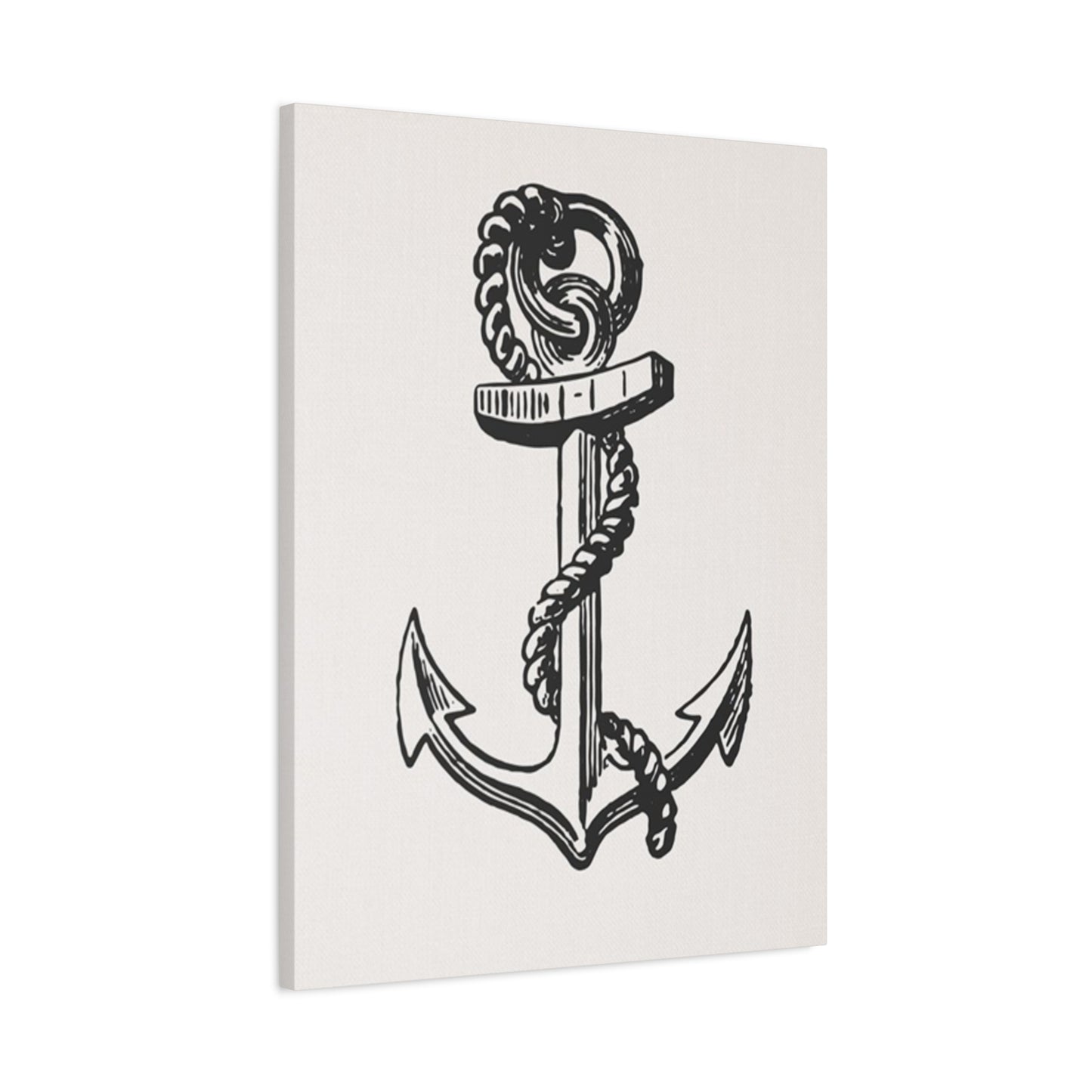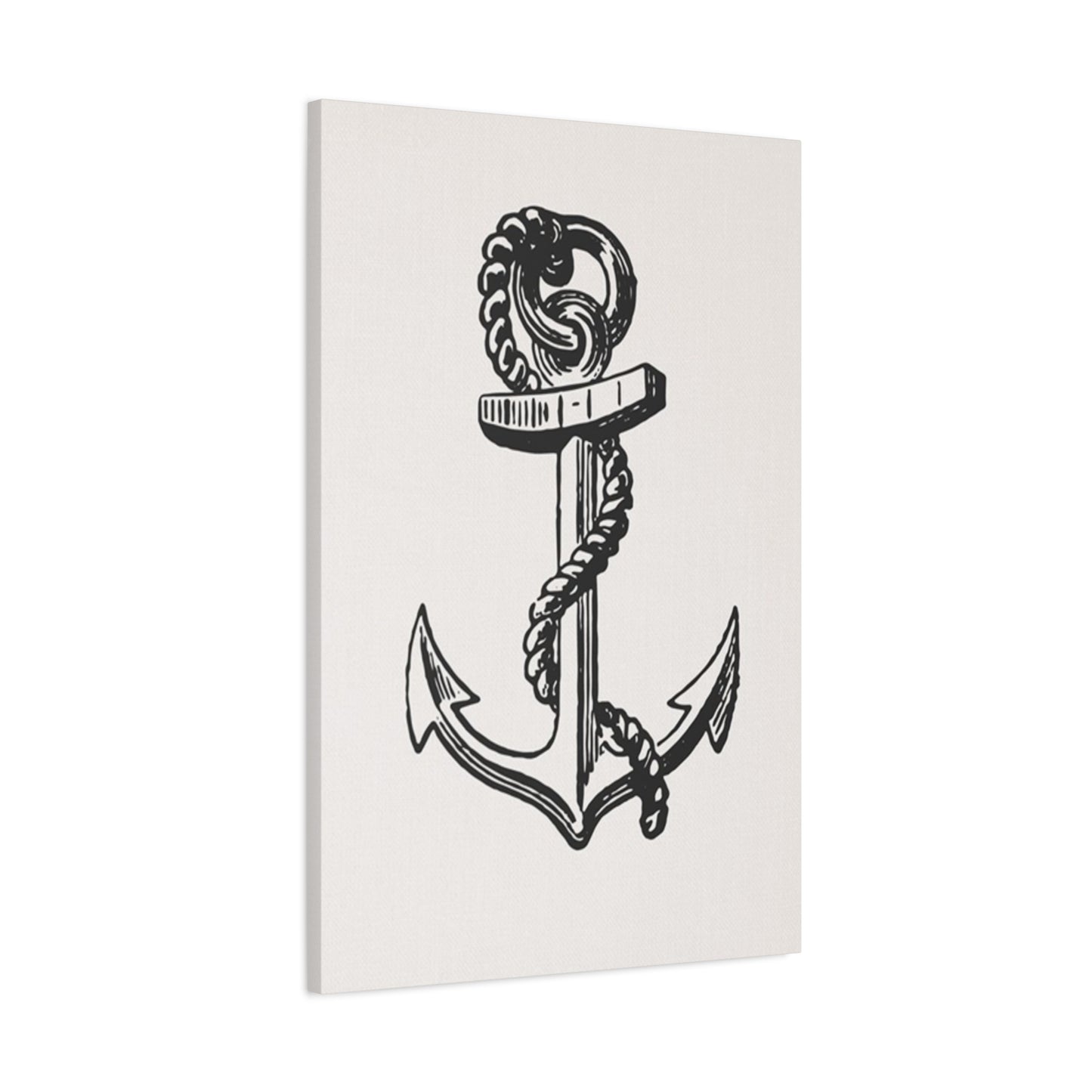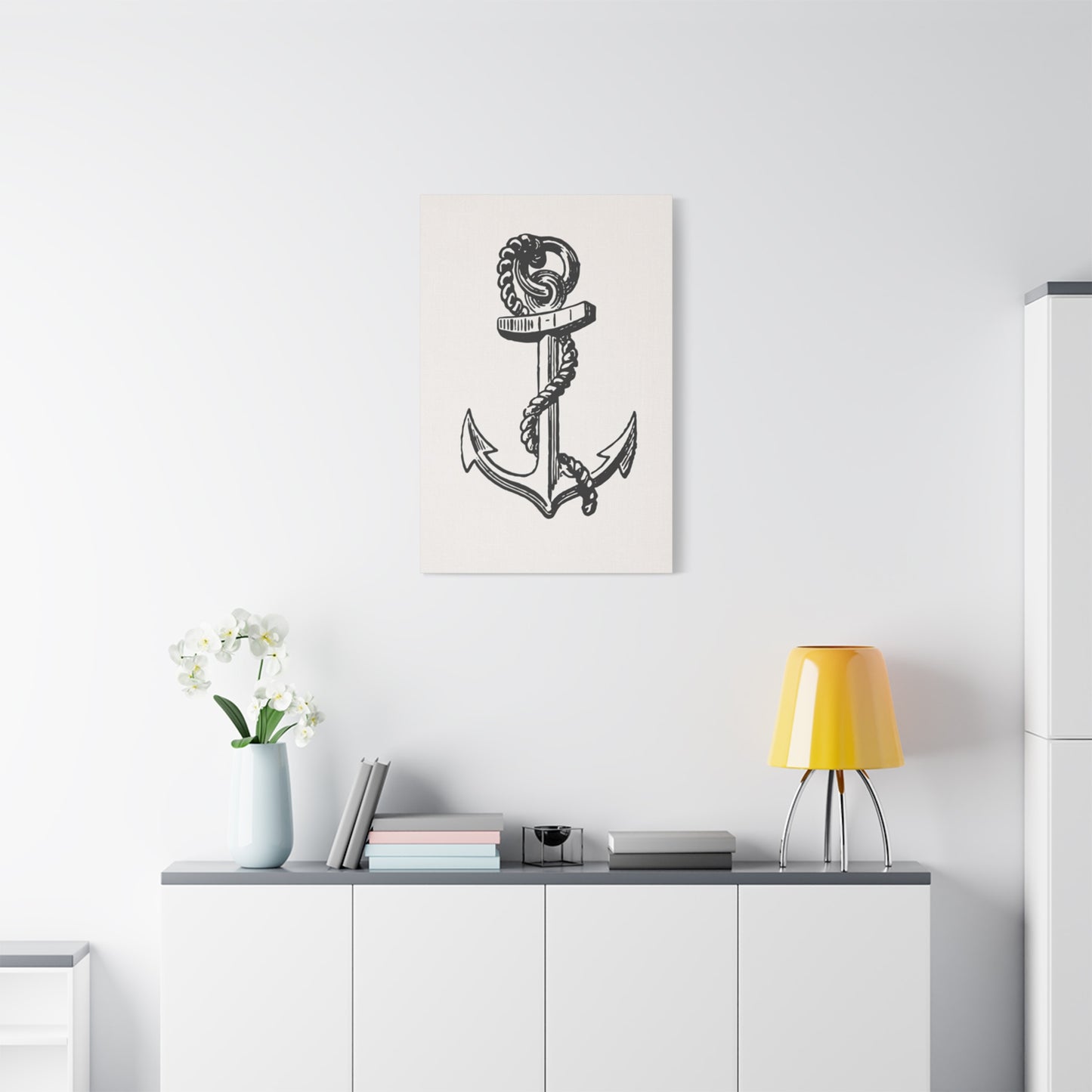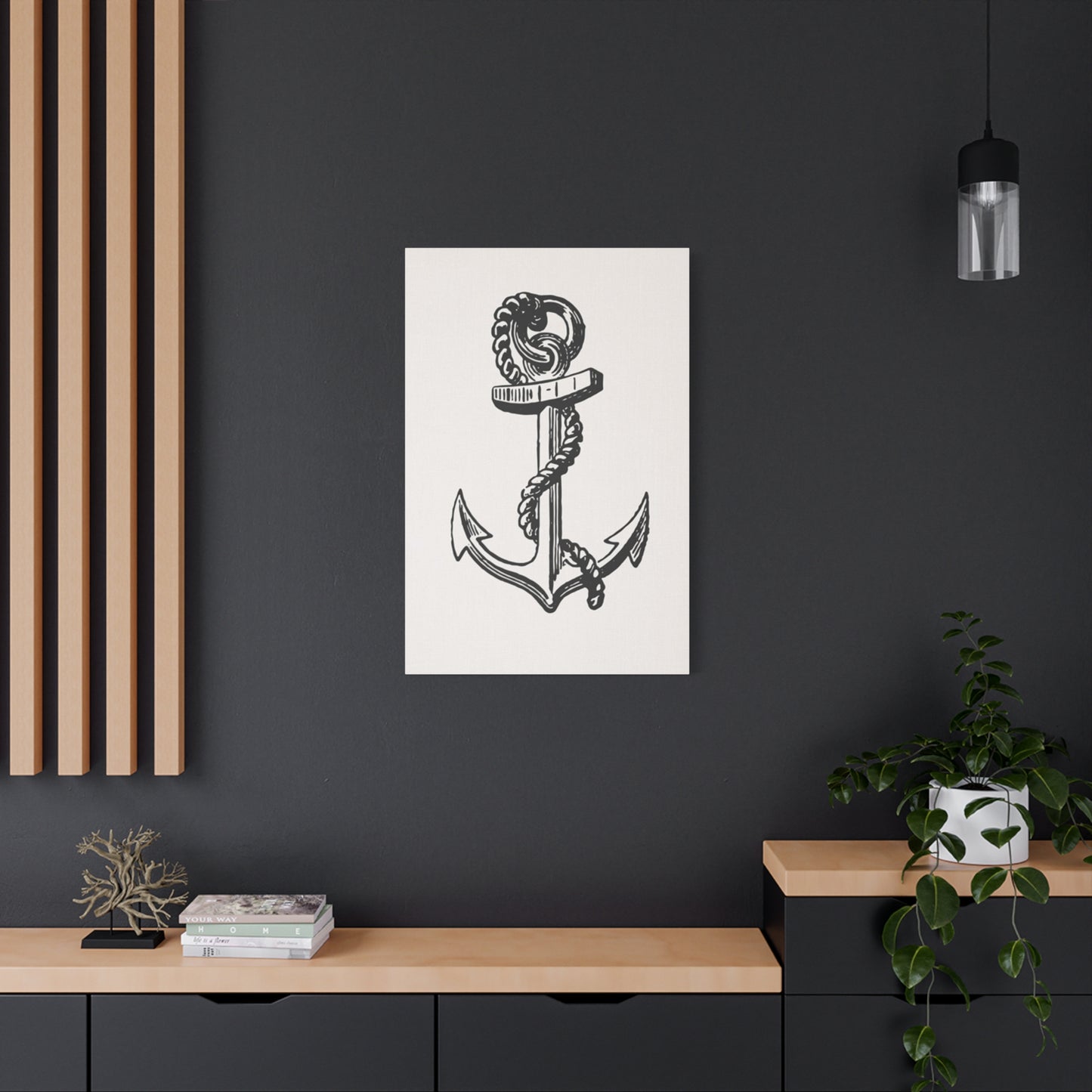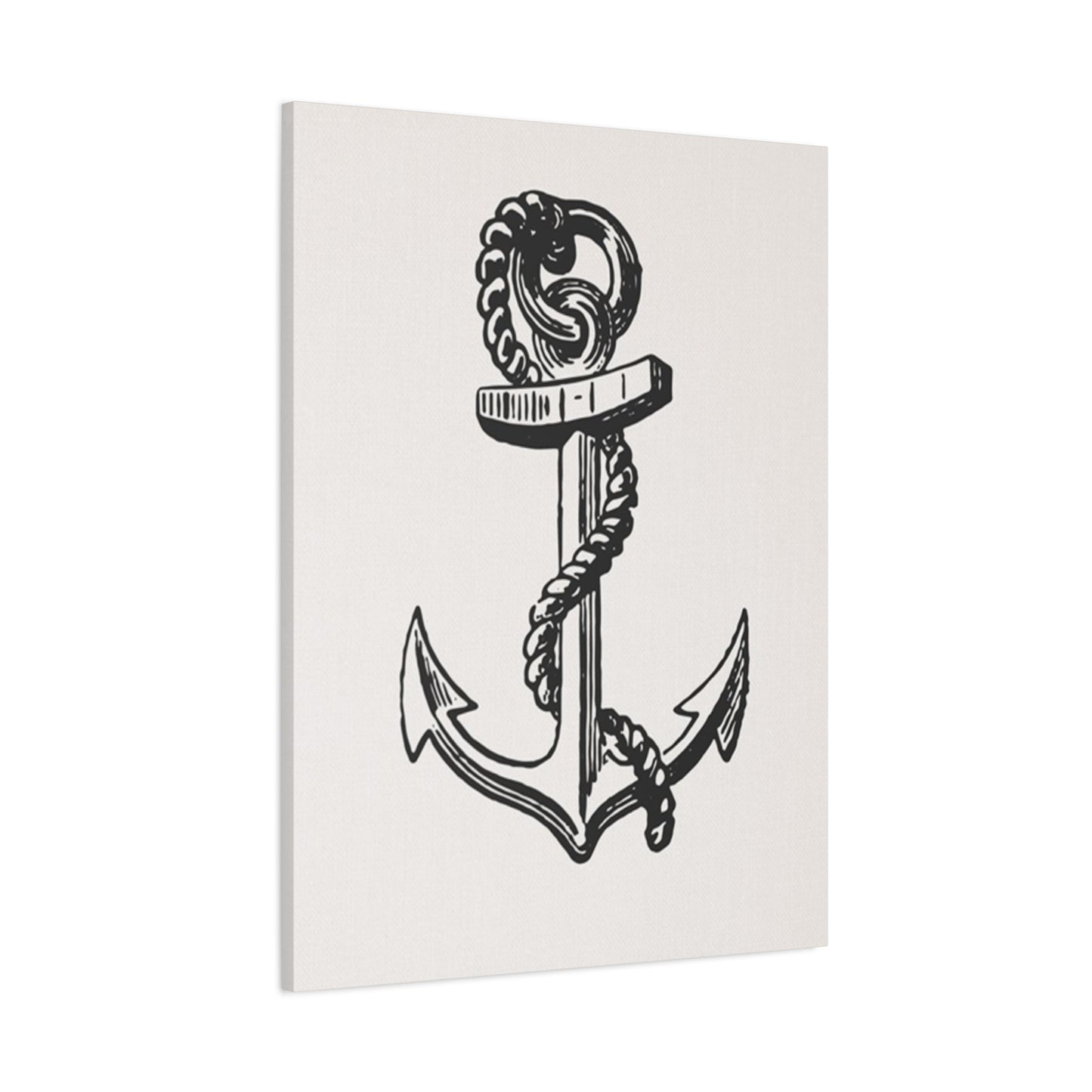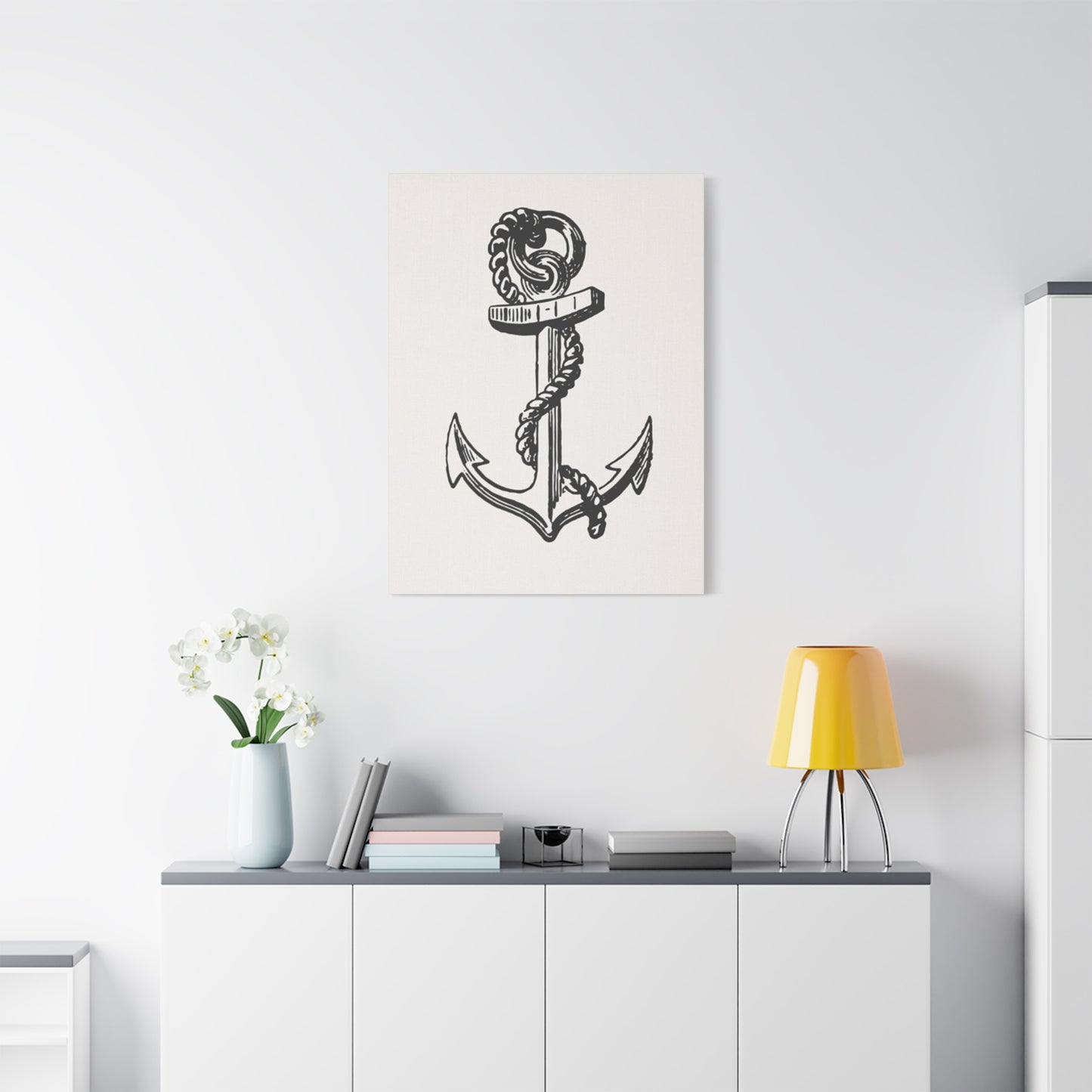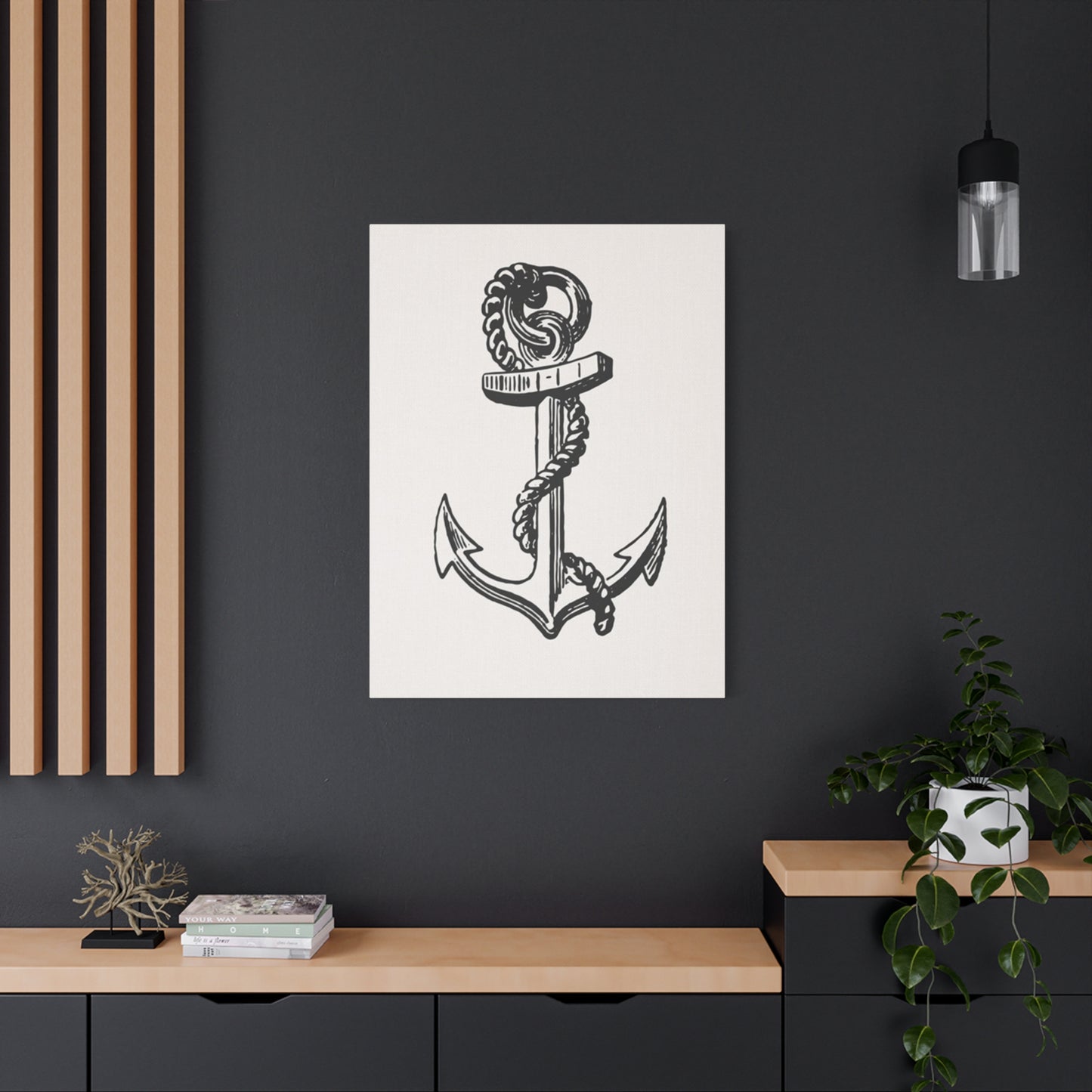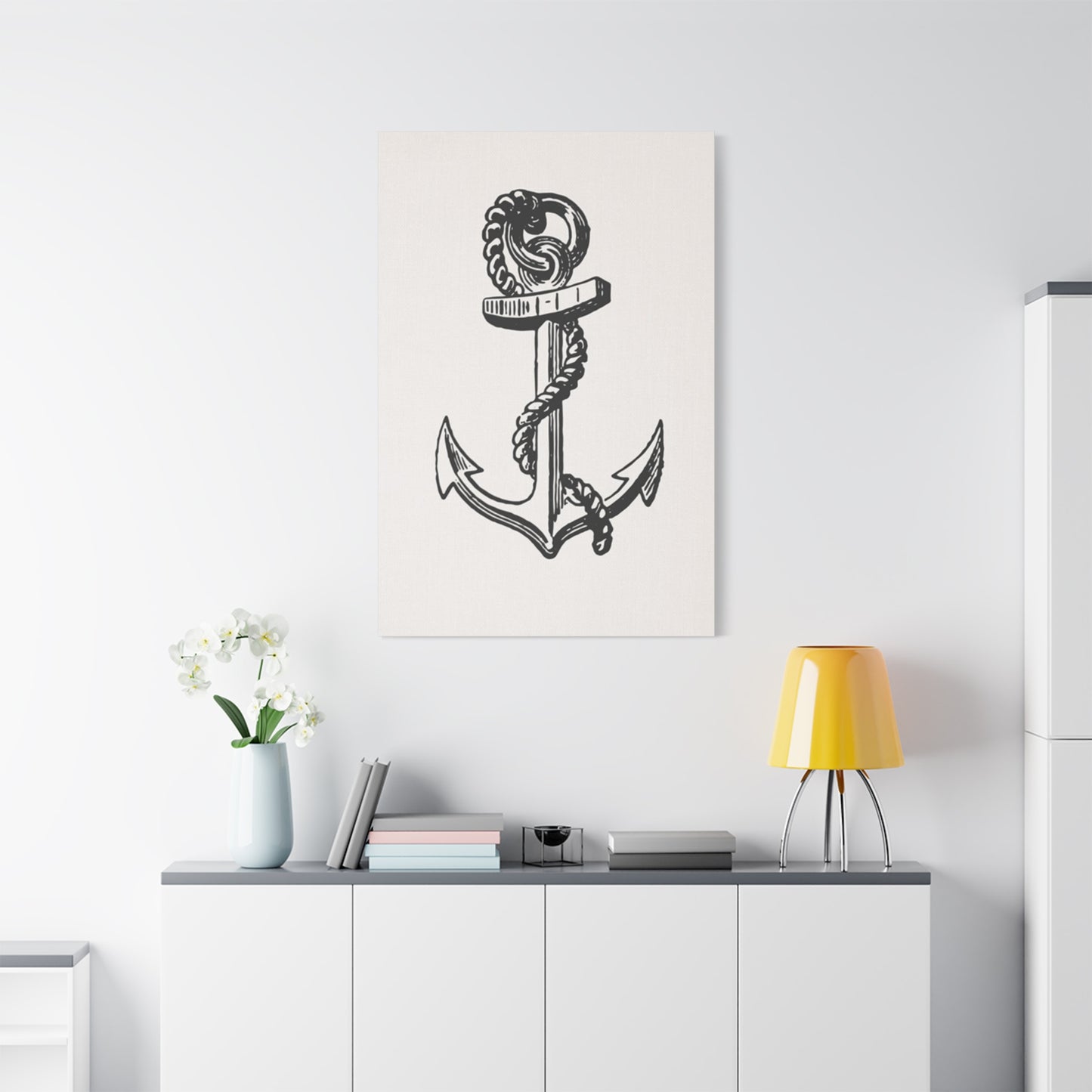Navigate Your Style: Complete Guide to Ship Arrow Nautical Wall Art
The world of interior design continuously evolves, yet certain themes maintain their timeless appeal through generations. Among these enduring aesthetic choices, nautical artwork stands as a powerful representation of adventure, exploration, and human connection to the vast oceans. The combination of ship imagery with directional arrow elements creates a particularly striking visual language that speaks to both traditional maritime heritage and contemporary design sensibilities. This comprehensive exploration delves into the multifaceted world of ocean-inspired wall art, examining how these pieces transform residential and commercial spaces while celebrating the enduring romance of seafaring culture.
Nautical Power on Canvas
The artistic representation of maritime vessels on canvas carries profound symbolic weight that extends far beyond mere decoration. Throughout history, ships have symbolized journey, discovery, and the human spirit's unyielding determination to explore unknown horizons. When captured on canvas, these powerful vessels become more than static images; they transform into narrative focal points that invite contemplation and inspire wanderlust within any space they inhabit.
Contemporary artists working within the nautical genre have mastered the delicate balance between honoring traditional maritime painting techniques and incorporating modern aesthetic principles. The result is artwork that resonates with diverse audiences, from sailing enthusiasts who appreciate authentic nautical details to design-conscious homeowners seeking statement pieces that anchor their interior schemes. The textural qualities of canvas provide an ideal medium for depicting the dynamic interplay between vessels and water, capturing the movement and energy inherent in maritime scenes.
The power of these canvases lies in their ability to evoke emotional responses through compositional elements. Bold brushstrokes suggesting wind-filled sails, strategic color palettes reflecting various oceanic moods, and carefully considered perspectives all contribute to creating artwork that commands attention. Whether depicting historic sailing vessels or stylized contemporary interpretations, these pieces carry an inherent strength that transforms ordinary walls into galleries celebrating human achievement and natural majesty.
Advanced printing technologies have democratized access to high-quality nautical canvas art, allowing more people to incorporate these powerful visuals into their living environments. Museum-quality reproduction techniques ensure that every detail, from the subtle gradations in sky tones to the intricate rigging of sailing vessels, translates faithfully onto canvas. This accessibility has not diminished the impact of such artwork; rather, it has expanded appreciation for maritime imagery across broader demographic and geographic boundaries.
Large Ship Prints for Bold Walls
Scale plays a critical role in maximizing the visual impact of maritime artwork within interior spaces. Large-format ship prints possess an undeniable presence that smaller pieces cannot replicate, creating focal points that immediately draw the eye and establish the tonal character of entire rooms. The decision to incorporate oversized nautical imagery represents a bold design choice that signals confidence and appreciation for statement-making artworks.
When selecting large ship prints, consideration of proportion relative to wall dimensions becomes paramount. A properly sized piece should command attention without overwhelming the space, typically occupying approximately two-thirds to three-quarters of the available wall width. This proportion ensures the artwork feels intentional and integrated rather than haphazardly placed. In rooms with high ceilings, vertical compositions featuring tall-masted vessels can emphasize architectural height while maintaining visual balance.
The psychological impact of large-scale nautical imagery operates on multiple levels. These substantial artworks create a sense of grandeur that elevates the perceived value of entire spaces. They serve as conversation catalysts, inviting guests to engage with the imagery and share their own connections to maritime themes. Additionally, the immersive quality of large prints can transport viewers, providing brief mental escapes to oceanic environments even within landlocked urban settings.
Technical considerations surrounding large format printing ensure these substantial pieces maintain clarity and visual integrity. Advanced printing processes utilize high-resolution source files and specialized equipment capable of producing crisp, detailed images at impressive dimensions. Quality control measures verify color accuracy, ink saturation, and canvas texture consistency across the entire printed surface. The result is artwork that maintains its impact even under close examination, rewarding both distant appreciation and detailed scrutiny.
Installation of large ship prints requires thoughtful planning and proper execution. Wall mounting systems must adequately support the weight of substantial canvas pieces while providing secure attachment that protects both artwork and wall surfaces. Professional installation often proves worthwhile for particularly large or valuable pieces, ensuring proper positioning, level hanging, and secure mounting that will maintain integrity over years of display.
Maritime Elegance in Modern Décor
The integration of maritime themes within contemporary interior design represents a sophisticated evolution of traditional nautical aesthetics. Modern interpretations of seafaring imagery have moved beyond predictable stereotypes, embracing refined approaches that emphasize elegance, simplicity, and thoughtful design principles. This elevated treatment of oceanic subjects allows nautical elements to coexist harmoniously with minimalist, industrial, Scandinavian, and other contemporary design movements.
Color selection plays a crucial role in achieving maritime elegance within modern spaces. While traditional nautical palettes centered on navy blues, crisp whites, and bold reds, contemporary approaches often incorporate more nuanced tonal ranges. Sophisticated coastal-inspired schemes might feature weathered grays, soft sand tones, muted sage greens, and barely-there blues that evoke oceanic environments without resorting to cliché. These subdued palettes allow ship imagery to integrate seamlessly into refined interiors while maintaining thematic connections to maritime subjects.
Material choices further distinguish elegant maritime décor from more casual coastal interpretations. High-quality canvas with visible texture adds depth and authenticity to ship imagery, while sleek frames in natural wood, brushed metal, or matte black finishes provide polished presentation. The absence of overly ornate or distressed elements keeps the focus on the artwork itself, allowing the inherent beauty of maritime subjects to take precedence over decorative embellishments.
Compositional simplicity often characterizes the most elegant nautical artwork. Rather than crowded scenes depicting multiple vessels or busy harbor activities, refined maritime pieces might feature a single ship captured in striking silhouette against an expansive sky, or minimalist line drawings that suggest nautical forms through essential elements alone. This restraint creates visual breathing room that aligns with modern design's emphasis on negative space and uncluttered aesthetics.
The strategic placement of maritime artwork within modern interiors requires sensitivity to overall design balance. In contemporary spaces characterized by clean lines and edited collections of furnishings, nautical pieces should complement rather than compete with surrounding elements. Positioning ship imagery as a single substantial focal point often proves more effective than creating gallery walls of multiple smaller pieces. This approach honors both the artwork's inherent power and the modern preference for curated, intentional design choices.
Arrow and Anchor: Nautical Design
The symbolic fusion of arrows with traditional nautical imagery creates a compelling visual language that resonates with contemporary design sensibilities. Arrows, with their inherent directional quality and associations with purpose, forward movement, and decisiveness, complement the journey-focused symbolism of maritime vessels. When combined with anchor motifs, these design elements create a balanced representation of movement and stability, exploration and security, adventure and homecoming.
This pairing speaks to fundamental human experiences and aspirations. The arrow points toward future horizons, unknown destinations, and personal growth through new experiences. The anchor grounds, protects, and provides refuge after challenging voyages. Together, they acknowledge life's dynamic nature while honoring the importance of foundational stability. This duality makes arrow and anchor combinations particularly meaningful for individuals navigating transitional life phases or seeking visual representations of balanced living.
Design interpretations of arrow and anchor pairings range from literal depictions to highly stylized abstractions. Traditional approaches might feature realistic anchor renderings alongside compass rose elements incorporating directional arrows. Contemporary treatments often favor geometric simplification, reducing both arrows and anchors to their essential linear components while maintaining symbolic recognition. These minimalist interpretations align perfectly with modern aesthetic preferences while preserving meaningful connections to nautical heritage.
Color applications in arrow and anchor designs significantly influence their overall character and appropriateness for various interior styles. Monochromatic treatments in charcoal, black, or navy create sophisticated, gender-neutral pieces suitable for professional environments and refined residential spaces. Contrasting combinations, such as weathered turquoise against white backgrounds or metallic gold arrows paired with gray anchors, introduce visual interest while maintaining design cohesion. The versatility of this motif allows customization to complement virtually any existing color scheme.
Placement considerations for arrow and anchor artwork should account for their directional and symbolic qualities. Positioning these pieces in entryways or transitional spaces emphasizes their connection to journeys and passages. In home offices or personal workspaces, they serve as motivational reminders of purpose and progress. Bedroom installations can emphasize the security and rest aspects of anchor symbolism while acknowledging personal growth represented by arrow elements. Thoughtful positioning amplifies the meaningful impact these designs can deliver beyond their aesthetic contributions.
Ocean Adventure Captured in Art
The artistic capture of oceanic adventure requires more than technical skill; it demands an understanding of the emotional and psychological dimensions that make maritime experiences so compelling. Effective adventure-focused nautical art conveys not just visual information about ships and seas, but the sensory and emotional experience of ocean voyaging. This experiential quality transforms artwork from simple decoration into portals that transport viewers to windswept decks, salt-sprayed bows, and horizon-seeking journeys.
Compositional techniques play vital roles in conveying adventure within maritime artwork. Dynamic angles that place viewers at deck level amidst action create immediate engagement and psychological immersion. Dramatic weather conditions, including threatening storm clouds or towering waves, introduce tension and excitement that passive calm-sea scenes cannot match. The inclusion of billowing sails, tilted masts, or spray-covered bows suggests movement and energy, inviting viewers to imagine the sounds, sensations, and emotional experiences accompanying such moments.
Color psychology significantly influences how adventure registers within nautical artwork. Deep, saturated blues suggest profound oceanic depths and the mysteries they contain. Contrasting warm tones in skies, from golden sunrise glows to dramatic sunset oranges, create visual tension that mirrors the psychological experience of maritime adventure. Strategic use of white for foam, spray, and sun-bleached sails provides necessary visual relief while representing the raw power of oceanic forces interacting with human vessels.
The selection of specific maritime subjects affects adventure perception within artwork. Historic sailing vessels, with their complex rigging and dependence on natural forces, inherently communicate adventure through their very design. Exploration vessels associated with famous voyages tap into collective cultural narratives about discovery and courage. Racing yachts captured at dramatic heeling angles suggest competitive spirit and the thrill of speed across water. Each vessel type carries distinct adventure associations that artists can leverage to create specific emotional responses.
Adventure-themed nautical art serves important psychological functions within living spaces. These pieces can inspire viewers facing personal challenges, reminding them of human capacity to navigate difficult circumstances. They provide mental respite for those feeling trapped by routine, offering imaginary escapes to more dynamic environments. For individuals with personal sailing experience or maritime connections, such artwork validates and honors significant aspects of their identity and life history. The adventure captured in these pieces thus operates simultaneously as decoration, inspiration, and personal affirmation.
Ship Arrow Wall Art for Coastal Homes
Coastal residences present unique opportunities and considerations for incorporating nautical artwork. These homes, whether permanent seaside dwellings or vacation retreats, occupy liminal spaces between land and ocean, making maritime imagery particularly appropriate and resonant. Ship arrow wall art in these settings functions not as thematic decoration imposed upon neutral spaces, but as authentic expressions of the environment and lifestyle these homes embody.
The relationship between interior artwork and exterior ocean views requires thoughtful consideration in coastal homes. Rather than competing with natural vistas, effective nautical art should complement and enhance the connection between indoor and outdoor spaces. Ship arrow designs, with their clean lines and directional elements, can echo the horizontal expanses of sea and sky visible through windows while adding human narrative elements that pure seascapes cannot provide. Strategic placement allows these pieces to engage with natural light and changing outdoor conditions, creating dynamic displays that evolve throughout the day.
Material durability considerations become paramount in authentic coastal environments. Salt air, elevated humidity, and intense sunlight exposure can compromise artwork not designed for such conditions. High-quality canvas treatments with UV-resistant coatings protect against sun damage and color fading. Moisture-resistant sealants prevent mold and mildew development that can occur in humid coastal climates. Frame materials should resist corrosion and warping despite challenging environmental conditions. These practical considerations ensure that nautical artwork maintains its beauty and integrity through years of coastal living.
The authenticity question arises when selecting ship arrow art for genuine coastal homes. Residents deeply connected to maritime culture and sailing traditions often possess sophisticated appreciation for nautical accuracy and meaningful symbolism. Artwork that respects maritime heritage, depicts vessels with technical accuracy, and understands sailing culture resonates more powerfully than generic nautical-themed decoration. This authenticity transforms artwork from simple decoration into meaningful cultural expressions that honor the maritime traditions surrounding coastal communities.
Seasonal considerations influence how coastal homeowners interact with nautical artwork throughout the year. During active sailing seasons, these pieces might inspire water-based activities and adventures. In winter months when coastal weather turns harsh, the same artwork provides comforting reminders of summer pleasures and maintains psychological connections to maritime lifestyles despite temporary separation from active water engagement. This year-round relevance makes nautical art particularly valuable in coastal homes, serving different but consistently meaningful purposes across seasonal cycles.
Bold Nautical Statements in Canvas
The decision to make bold artistic statements through nautical canvas selections represents a commitment to distinctive interior design that prioritizes personal expression over safe, conventional choices. Bold nautical pieces refuse to fade into background obscurity, instead commanding attention and establishing themselves as defining features within rooms. This assertive approach to maritime artwork appeals to confident homeowners willing to build design schemes around powerful focal points.
Scale represents the most obvious boldness factor in nautical canvas selections. Oversized pieces that dominate entire wall sections make unmistakable statements about design priorities and aesthetic preferences. However, boldness extends beyond mere dimensions to encompass color intensity, compositional drama, and stylistic distinctiveness. A moderately sized piece featuring intense color contrasts, dramatic weather conditions, or unusual perspectives can achieve equally bold impact through these alternative means.
The color decisions within bold nautical canvases significantly influence their overall effect and integration possibilities. High-contrast combinations, such as stark white sails against stormy charcoal skies or brilliant turquoise waters meeting golden sunset horizons, create immediate visual impact. Unexpected color choices that challenge nautical conventions, including jewel-toned seas or stylized vessels in unconventional hues, signal artistic boldness and contemporary sensibilities. These assertive color approaches work best when thoughtfully coordinated with broader room schemes, either complementing existing palettes or introducing intentional accent colors that add energy to neutral foundations.
Stylistic approaches to bold nautical art range from hyperrealistic depictions that showcase technical mastery to abstract interpretations that reduce maritime subjects to essential forms and colors. Each approach carries distinct boldness qualities. Photorealistic ship portraits demonstrate confidence in traditional artistic values and appreciation for technical excellence. Abstract nautical pieces signal contemporary art awareness and willingness to embrace interpretive, non-literal design elements. Mixed media works incorporating three-dimensional elements or unusual materials push boldness into avant-garde territory, appealing to cutting-edge design enthusiasts.
The integration of bold nautical statements within overall design schemes requires balancing prominent artwork with supporting elements. Surrounding furnishings should generally adopt more subdued profiles and neutral palettes, allowing bold canvases to maintain focal prominence. Lighting design plays crucial roles in emphasizing bold artwork, with dedicated picture lights or strategically positioned ambient fixtures ensuring these statement pieces receive appropriate visual emphasis. The result should feel cohesive and intentional rather than chaotic, with bold nautical art serving as the planned centerpiece around which other elements harmoniously arrange themselves.
Seafaring Spirit: Ship Art Décor
The seafaring spirit embodied in ship art décor encompasses more than aesthetic appreciation for maritime imagery; it represents a philosophical connection to values, traditions, and ways of being that sailing culture has cultivated across centuries. This spirit celebrates courage, self-reliance, respect for natural forces, and the profound satisfaction derived from skillfully navigating challenges. Incorporating ship art into living spaces becomes a means of keeping these values present in daily life, even when physical distance from oceans prevents active sailing engagement.
Historic sailing vessels depicted in art carry particular spiritual resonance for those connected to maritime traditions. These ships represent eras when oceanic travel required genuine courage, when voyagers faced real dangers with limited technology and relied on skill, experience, and determination to survive and succeed. Artwork featuring these vessels honors the sailors who came before, acknowledging their contributions to exploration, trade, and cultural exchange. This historical consciousness adds depth and meaning that purely contemporary nautical imagery may lack.
The technical aspects of sailing, from rigging configurations to sail trim principles, contain knowledge accumulated through generations of maritime experience. Art that accurately represents these technical elements demonstrates respect for sailing craft and appeals to knowledgeable enthusiasts who appreciate authentic details. Even viewers without sailing expertise often respond to the visual complexity and evident functionality of well-rendered sailing vessels, sensing the accumulated wisdom these designs represent without necessarily understanding specific technical elements.
Personal sailing experiences create powerful emotional connections that ship art can activate and sustain. For individuals who have felt wind-powered vessels respond to sail adjustments, experienced the meditative quality of long passages, or tested themselves against challenging conditions, nautical artwork serves as tangible connection to these meaningful experiences. The art becomes more than decoration; it functions as personal affirmation and identity expression, communicating important aspects of self to household members and guests.
The aspirational dimension of seafaring spirit art should not be overlooked. Not everyone who appreciates nautical imagery has extensive sailing experience; many feel drawn to maritime themes through aspirational connections to adventurous lifestyles and seafaring values. For these individuals, ship art represents possibility and intention, keeping desired experiences and values visually present as motivational reminders. This aspirational function proves particularly valuable during life phases when circumstances temporarily prevent active pursuit of maritime interests.
Modern Maritime Wall Inspiration
Contemporary approaches to maritime wall art have evolved significantly from traditional nautical decoration, embracing modern design principles while maintaining meaningful connections to oceanic themes. This evolution reflects broader shifts in interior design toward cleaner aesthetics, thoughtful minimalism, and design that prioritizes authenticity over themed decoration. Modern maritime inspiration draws from sailing culture and ocean environments without resorting to predictable motifs or cluttered coastal clichés.
Minimalist interpretations of maritime subjects exemplify modern approaches to ocean-inspired wall art. These pieces reduce ships, waves, and nautical elements to essential geometric forms, creating clean compositions that honor both maritime subjects and contemporary design sensibilities. A single curved line might suggest a sail's elegant arc. Horizontal bands in varying blue tones can evoke layered ocean depths without literal representation. These abstracted approaches allow nautical themes to integrate seamlessly into modern interiors where overly literal imagery would feel discordant.
Monochromatic and limited palette approaches characterize much modern maritime art, moving away from the primary color schemes historically associated with nautical decoration. Sophisticated gradations of single hues, from palest sky blue through deep navy to near-black ocean depths, create subtle, contemplative pieces appropriate for minimalist spaces. Black and white maritime photography, particularly images emphasizing form, texture, and contrast over color, delivers powerful visual impact while maintaining restrained elegance. These palette restrictions actually enhance rather than limit artistic expression, forcing focus on composition, form, and tonal relationships.
Mixed media and textural approaches bring contemporary art sensibilities to maritime subjects. Incorporating actual rope, sailcloth, or weathered wood elements creates dimensional pieces that transcend traditional flat canvas presentations. Textural painting techniques that build substantial surface variations add tactile interest and play with light in ways smooth surfaces cannot achieve. These material explorations demonstrate how maritime themes can participate in broader contemporary art conversations rather than remaining isolated within traditional nautical art categories.
Typography and text integration represents another distinctly modern approach to maritime wall art. Incorporating sailing terminology, navigational coordinates, or maritime poetry as primary design elements creates pieces that function as both visual art and readable content. These works appeal to design-conscious individuals who appreciate layered meaning and intellectual engagement with artwork. The typography itself becomes an aesthetic element, with font choices, sizing, and spatial arrangements contributing significantly to overall visual impact beyond mere word communication.
Large Canvas Prints with Ocean Energy
The concept of ocean energy in visual art extends beyond simple depictions of water to encompass the dynamic, powerful, and often overwhelming forces that characterize marine environments. Large canvas prints that successfully capture and convey this energy transform walls into windows onto powerful natural phenomena, bringing visceral experiences of oceanic power into interior spaces. This energy manifestation operates through multiple visual elements working in concert to create palpable sensations of movement, force, and natural majesty.
Wave dynamics represent the most obvious expression of ocean energy in maritime art. Effective wave depictions require understanding not just visual appearance but physical principles governing wave formation, movement, and behavior. Artists who grasp these principles create more convincing and energetically powerful representations. The curve of a cresting wave, the translucency of water at wave peaks, the explosive energy of breaking surf, and the chaotic aftermath of wave collision all contribute to communicating oceanic force. Large canvas formats allow these elements sufficient scale to achieve genuine visual impact.
Weather elements significantly amplify ocean energy in maritime artwork. Storm clouds building on horizons, dramatic lighting breaking through atmospheric turbulence, and rain or spray visible in air all heighten the sense of natural forces at play. These atmospheric conditions interact with oceanic elements to create compound impressions of power and drama. The scale of large canvases proves particularly important for weather elements, as sufficient dimension allows proper representation of vast atmospheric phenomena that small formats cannot adequately convey.
Color saturation and contrast levels directly influence perceived energy within ocean artwork. Highly saturated blues and greens create vibrant, energetic impressions, while desaturated or muted tones suggest calmer conditions. Strategic contrast placement draws attention to areas of greatest action and energy concentration. The interplay between dark and light values can suggest depth, volume, and the three-dimensional qualities of moving water. These color and tonal decisions require careful calibration to achieve intended energy levels without creating visually chaotic or unpleasantly jarring results.
The psychological and physiological effects of ocean energy artwork deserve consideration when selecting pieces for specific spaces. High-energy maritime prints can invigorate and energize, making them suitable for workout areas, home offices, or creative studios where stimulation serves positive purposes. However, these same pieces might prove overstimulating in bedrooms or relaxation spaces where calmer energy better supports intended functions. Matching artwork energy levels to room purposes and occupant needs optimizes the psychological benefits these pieces can provide.
Navigating Style with Ship Arrow Art
The navigation metaphor extends naturally into interior design decisions surrounding ship arrow artwork, as homeowners chart courses through countless aesthetic options toward cohesive personal style expressions. Ship arrow art, with its inherent directional qualities and journey symbolism, offers particularly apt vehicles for exploring how specific art selections guide and define overall design directions. Understanding how to navigate these choices ensures final selections authentically reflect personal aesthetics while achieving desired functional and emotional outcomes.
Style assessment forms the essential first step in successfully navigating ship arrow art selections. Honest evaluation of existing design preferences, furnishing collections, and intuitive aesthetic responses provides the navigational bearings necessary for informed decisions. Do current spaces lean traditional, contemporary, eclectic, or minimalist? What color families predominate? Which rooms feel most successfully designed, and what qualities make them successful? These foundational questions establish parameters that guide subsequent artwork selections toward appropriate stylistic territory.
Scale navigation requires balancing multiple competing considerations. Available wall dimensions establish outer boundaries, but optimal sizing depends on additional factors including viewing distances, surrounding furniture proportions, and desired visual impact levels. General guidelines suggest artwork should occupy roughly two-thirds of the furniture width it hangs above, but these rules serve as starting points rather than absolute requirements. Navigating scale decisions benefits from visualization tools including painter's tape templates or digital room preview applications that allow experimenting with different dimensions before committing to purchases.
Color navigation within ship arrow art selections involves assessing relationships between artwork palettes and existing room schemes. Decisions branch between complementary approaches that echo established colors and accent strategies that introduce new hues. Complementary selections create harmonious, cohesive effects by reinforcing existing color stories. Accent approaches inject fresh energy and prevent rooms from feeling too coordinated or monotonous. Both strategies offer valid navigation routes; optimal choices depend on current room characteristics and desired outcomes.
Compositional navigation addresses questions about artwork orientation, subject positioning, and visual complexity levels. Horizontal compositions emphasizing expansive ocean horizons suit spaces above sofas or beds, while vertical formats work well in narrow wall sections or areas with significant height. Centered subject placement creates formal, balanced impressions, whereas off-center compositions introduce dynamic visual interest. Simple, uncluttered designs project calm and order, while complex, detail-rich pieces reward extended viewing and create more stimulating environments. Navigating these compositional variables ensures final selections deliver intended aesthetic and psychological effects.
Strength and Direction in Nautical Art
The dual themes of strength and direction form powerful foundations for nautical artwork that resonates on multiple levels. Strength manifests through depictions of sturdy vessels, powerful natural forces, and the human determination required for successful seafaring. Direction appears in compositional movement, arrow symbolism, and the inherent forward momentum of ships under sail. Together, these themes create artwork that functions simultaneously as aesthetic enhancement, motivational inspiration, and philosophical statement about approaches to life's challenges and opportunities.
Strength representation in nautical art operates through various visual strategies. Robust vessel construction, evident in thick timbers, strong rigging, and purposeful design, communicates physical strength and human engineering capability. Natural strength appears in towering waves, powerful wind evidence, and weather extremes that test both vessels and sailors. Compositional strength emerges through bold contrasts, assertive color choices, and confident mark-making that demonstrates artistic conviction. These multiple strength dimensions combine to create artwork with genuine presence and impact.
Directional elements provide essential counterbalance to strength themes, preventing purely power-focused pieces from feeling static or aggressive. Arrow integration offers obvious directional symbolism, but direction manifests through additional means including sail orientation suggesting wind direction, wake patterns indicating vessel movement, and compositional lines guiding viewer attention through images. These directional cues create dynamic visual experiences that suggest movement, progress, and purpose rather than mere strength display.
The philosophical dimensions of strength and direction themes extend nautical artwork's relevance beyond simple decoration. These paired concepts speak to fundamental human concerns about finding purpose, developing resilience, and navigating life with intention and determination. Artwork embodying both qualities can serve as visual mantras, reminding viewers daily of their own capacity for strength and importance of maintaining clear direction through life's inevitable challenges and changes.
Placement considerations for strength and direction artwork should account for their motivational and philosophical qualities. Home office installations keep these themes present during professional challenges, supporting persistence and goal focus. Entryway placements establish tonal qualities for entire homes while greeting arrivals with empowering messages. Personal spaces including bedrooms or private studies benefit from these themes' private, introspective dimensions, supporting personal reflection on strength sources and life directions.
Rustic Ocean Vibes in Canvas Prints
Rustic aesthetics have experienced sustained popularity in interior design, appealing to desires for authenticity, connection to natural materials, and escape from overly polished or artificial environments. When applied to nautical themes, rustic approaches create ocean-inspired artwork that feels weathered, genuine, and connected to maritime working traditions rather than recreational sailing culture. These pieces typically feature muted colors, textured surfaces, and vintage or historical subject matter that evokes coastal life's practical, labor-intensive dimensions.
Color palettes distinguish rustic ocean artwork from more vibrant or contemporary nautical pieces. Instead of saturated blues and crisp whites, rustic approaches favor weathered grays, faded denim tones, sun-bleached khakis, and oxidized metal hues. These muted colors suggest natural aging processes, creating impressions of artwork that has survived coastal elements or depicts subjects bearing environmental weathering marks. The overall effect feels organic and authentic rather than artificially staged or overly designed.
Textural qualities prove essential to successful rustic nautical artwork. Visible canvas weaves, imperfect printing edges, and deliberately rough presentations enhance rustic character. Some pieces incorporate actual weathered materials including reclaimed wood frames, rope borders, or barnacle-encrusted found objects. Digital printing techniques can simulate vintage photograph qualities, introducing grain, sepia tones, and apparent age that makes contemporary productions resemble historical artifacts. These textural elements transform smooth, modern canvases into objects with apparent history and character.
Subject matter selection further establishes rustic ocean credentials. Working vessels including fishing boats, tugboats, and cargo ships feel more authentically rustic than recreational sailboats or luxury yachts. Maritime infrastructure subjects like weathered docks, rope coils, vintage navigation equipment, and aging harbor buildings communicate practical coastal life. Historical ship imagery, particularly if presented as vintage photography or aged illustrations, contributes appropriate rustic qualities. These subject choices emphasize ocean environments' working dimensions rather than purely aesthetic or recreational aspects.
Integration of rustic nautical artwork into broader design schemes requires attention to material and finish coordination. These pieces pair naturally with reclaimed wood furnishings, industrial metal accents, natural fiber textiles, and vintage or antique decorative objects. Overly sleek or modern elements can create discordant contrasts, though careful balance can yield interesting juxtapositions between rustic nautical art and contemporary surroundings. The key lies in ensuring sufficient visual connection points so rustic pieces feel intentionally incorporated rather than accidentally misplaced.
Ship Arrow Art for Modern Sailors
Contemporary sailing culture differs significantly from historical maritime traditions, incorporating advanced technologies, modern materials, and evolved perspectives on ocean engagement. Modern sailors, whether racing competitors, cruising enthusiasts, or casual recreational participants, require nautical artwork that reflects current sailing realities while honoring enduring maritime traditions. Ship arrow art designed for this audience balances technical accuracy with aesthetic sophistication, creating pieces that resonate with knowledgeable sailing enthusiasts.
Technical accuracy matters significantly to modern sailors who possess intimate knowledge of sailing systems, vessel design principles, and maritime terminology. Artwork depicting sailing vessels with proper rigging configurations, accurate sail shapes, and realistic vessel behavior appeals to this knowledgeable audience while potentially alienating them if obvious errors or impossibilities appear. Artists creating work for sailor audiences benefit from personal sailing experience or consultation with maritime experts to ensure authenticity that withstands informed scrutiny.
Contemporary vessel types deserve representation in nautical art targeting modern sailors. While historic tall ships maintain romantic appeal, current sailors often develop stronger connections to modern yacht designs, racing sailboats, or specific vessel types they personally sail. Artwork depicting contemporary vessels validates current sailing culture rather than focusing exclusively on maritime history. However, the challenge lies in creating aesthetically compelling images of modern boats that sometimes lack the visual drama and romantic appeal of historic sailing vessels.
Performance sailing emphasizes speed, technique, and competitive achievement rather than purely romantic ocean wandering. Artwork capturing racing moments, tactical maneuvers, or vessels operating at performance extremes appeals to sailors who appreciate these dynamic aspects of sailing culture. Dramatic heeling angles, spray flying, and crew members working in coordinated action communicate sailing's athletic and technical dimensions. These action-oriented images contrast with tranquil sunset cruise depictions, offering alternatives that resonate with performance-focused sailors.
Navigation technology integration presents interesting artistic challenges and opportunities. Modern sailing relies heavily on electronic navigation, autopilots, and digital weather routing that fundamentally differ from traditional celestial navigation and paper chart plotting. Progressive nautical art might incorporate these modern elements, acknowledging how technology has transformed maritime practices. However, many sailors appreciate artwork that emphasizes timeless sailing fundamentals that technology has not eliminated, maintaining connections to foundational maritime skills and traditions.
Adventure Awaits: Nautical Wall Art
The promise of adventure represents one of nautical art's most compelling and universally appealing qualities. These pieces function as invitation and inspiration, suggesting possibilities for exploration, excitement, and escape from routine existence. Adventure-themed nautical artwork particularly appeals to individuals in transitional life phases, those feeling constrained by current circumstances, or anyone maintaining active adventure aspirations despite temporary inability to pursue them actively.
Compositional techniques communicate adventure through multiple visual strategies. Viewpoint selection that places viewers aboard vessels rather than as distant observers creates immediate psychological engagement and adventure participation. Dynamic weather conditions including approaching storms or challenging seas introduce tension and excitement absent from calm-condition imagery. Destination suggestions, whether visible land on horizons or directional elements pointing toward unseen goals, activate viewer imagination about potential adventures and unknown experiences awaiting beyond frame edges.
The psychological function of adventure-themed artwork extends beyond simple decoration to serve important emotional and motivational purposes. These pieces provide mental respite during challenging periods, offering imaginary escapes when physical departure proves impossible. They maintain adventure aspirations active during life phases requiring stability and routine, preventing complete disconnection from adventurous identity aspects. For households including multiple generations, adventure artwork can communicate family values around exploration, courage, and openness to new experiences.
Personal adventure narratives gain visual expression through carefully selected nautical artwork. Individuals who have completed significant sailing journeys, coastal explorations, or maritime adventures might select pieces that visually reference these experiences. These selections function as both personal memories and conversation catalysts that allow sharing important life experiences with interested guests. The artwork becomes meaningful beyond its aesthetic qualities, serving as visual autobiography and identity expression.
Aspirational adventure connections prove equally valid as experience-based selections. Not everyone who responds to adventure-themed nautical art has completed major sailing expeditions; many feel drawn to these images through desires for future adventures or identification with adventurous mindsets. This aspirational function should be honored rather than dismissed as inauthentic. The artwork keeps possibility present, maintains motivation active, and expresses authentic aspects of viewer identity even when aspirations exceed current experience.
The Power of the Sea in Art Form
Oceanic power, in its many manifestations, has fascinated artists throughout history and continues inspiring contemporary creators working in diverse styles and media. This enduring artistic interest reflects humanity's complex relationship with seas that simultaneously provide sustenance, enable trade and exploration, and pose existential threats through their awesome destructive potential. Artwork capturing ocean power operates on primal psychological levels, evoking responses that transcend cultural and temporal boundaries.
Scale relationships prove crucial in communicating oceanic power through artwork. Vessels appearing small against vast seascapes emphasize ocean magnitude and human vulnerability within marine environments. Towering waves dwarfing ships communicate nature's superior force despite human technological achievements. Even abstract treatments can suggest power through scale contrasts between different compositional elements. These size relationships create immediate visceral responses that verbal descriptions cannot replicate.
Movement representation separates static ocean depictions from truly powerful maritime artwork. Effective movement communication requires understanding wave physics, water behavior, and vessel dynamics. Frozen-moment captures of cresting waves, breaking surf, or vessels heeling dramatically under wind pressure convey energy and force. Compositional choices including diagonal lines, asymmetrical balance, and directed visual flow enhance movement sensation. These technical elements combine to create artwork that feels alive and dynamic rather than static and lifeless.
Color psychology amplifies power perception within oceanic artwork. Deep, saturated colors suggest depth and mystery while creating emotional weight and visual gravity. High contrast between light and dark values introduces drama and tension that mirrors the psychological experience of encountering powerful natural forces. Strategic color temperature contrasts, such as cool blue-green seas meeting warm golden sunlight, create additional visual energy. These color relationships operate subconsciously, affecting viewer responses even without conscious awareness of specific artistic choices.
The cultural and mythological dimensions of ocean power add depth to purely visual impact. Throughout history, seas have appeared in creation myths, destruction stories, and cultural narratives about human relationship with nature. This accumulated symbolic weight enriches artwork depicting oceanic power, activating deep cultural memories and archetypal responses. Even viewers without conscious awareness of specific maritime myths respond to these deep cultural associations, demonstrating how effectively artwork can tap into collective human consciousness.
Maritime Minimalism: Ship Arrow Prints
Minimalist design principles applied to maritime subjects create surprisingly powerful results, demonstrating that visual impact need not depend on complexity or abundance. Maritime minimalism embraces essential forms, limited palettes, generous negative space, and compositional restraint while maintaining meaningful connections to nautical themes. These pieces appeal to contemporary sensibilities favoring clean aesthetics, uncluttered environments, and design that achieves maximum impact through minimum means.
Subject reduction represents the core challenge in minimalist nautical art. Artists must identify essential elements that communicate maritime character without exhaustive detail. A single sail curve might suggest an entire vessel. Simplified arrow forms combined with basic ship silhouettes create complete compositions from remarkably few elements. This reduction process requires deep subject understanding.
Conclusion:
Ship Arrow wall art stands as a compelling tribute to the enduring spirit of sailing and nautical adventure, making it a perfect addition to any space inspired by the sea. This form of wall décor beautifully encapsulates the themes of strength, direction, and exploration, all inherent in maritime culture. By incorporating ship arrow art into your home or office, you invite not only a visual celebration of the ocean’s power but also a symbolic reminder of navigation, purpose, and resilience.
The charm of ship arrow wall art lies in its ability to evoke both historical and emotional connections to the sea. These arrows, often representing guidance and the ability to chart one’s course, resonate deeply with those who value direction and determination in life. When captured artistically, the imagery of a ship arrow can transform blank walls into dynamic spaces filled with meaning and inspiration. This makes nautical wall décor not just decorative but profoundly personal.
Nautical themes have a timeless appeal, and ship arrow art blends seamlessly with a variety of interior styles, from coastal and beach-inspired homes to modern and rustic settings. The color palettes typical of nautical décor—blues, whites, and natural wood tones—complement the imagery of ship arrows perfectly, creating a cohesive look that exudes calmness and sophistication. This versatility allows ship arrow wall art to enhance living rooms, bedrooms, offices, or even hospitality spaces with a touch of maritime elegance.
Furthermore, ship arrow art serves as a metaphor for navigating life’s challenges and staying true to one’s path. This symbolism can inspire motivation and focus, making the artwork especially meaningful in personal or professional environments. It encourages viewers to embrace the journey with strength and confidence, reflecting the core values of sailors and adventurers who rely on their arrows and compasses to find direction.
From a craftsmanship perspective, ship arrow wall art often showcases detailed artistry and thoughtful design. Whether rendered as intricate wood carvings, bold canvas prints, or minimalist line drawings, these pieces demonstrate the creativity and skill of artists inspired by nautical heritage. This variety allows you to choose ship arrow décor that best fits your aesthetic preferences and space requirements.
In addition, embracing ship arrow art is a way to honor maritime history and the enduring human fascination with the sea. It connects modern spaces to the rich traditions of seafaring and exploration, celebrating the courage and determination of those who ventured across oceans. Displaying such art invites a sense of adventure and respect for the natural world, enriching your environment beyond aesthetics.
In summary, ship arrow wall art is more than just a decorative element—it is a symbol of strength, guidance, and the adventurous spirit that defines nautical culture. Its ability to merge meaningful symbolism with elegant design makes it a valuable addition to any wall décor collection. By choosing ship arrow art, you not only enhance your space visually but also embed a narrative of resilience and purposeful direction.
Whether you are a lover of the sea, a fan of nautical décor, or someone seeking art that inspires courage and clarity, ship arrow wall art offers a timeless and elegant solution. It captures the essence of sailing strength and navigation, bringing the beauty and symbolism of the ocean into your everyday life.

















